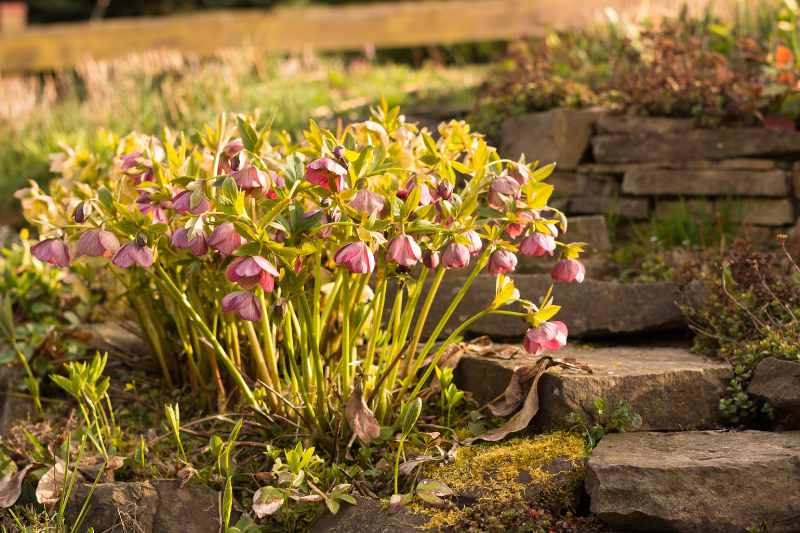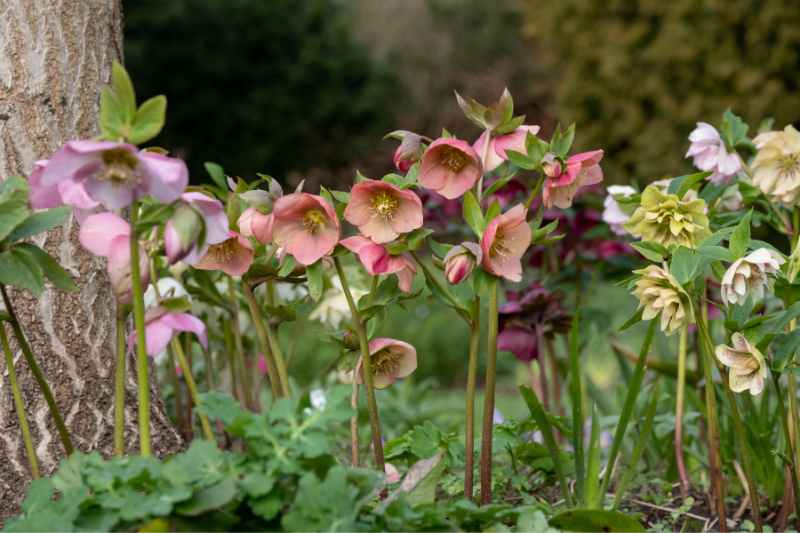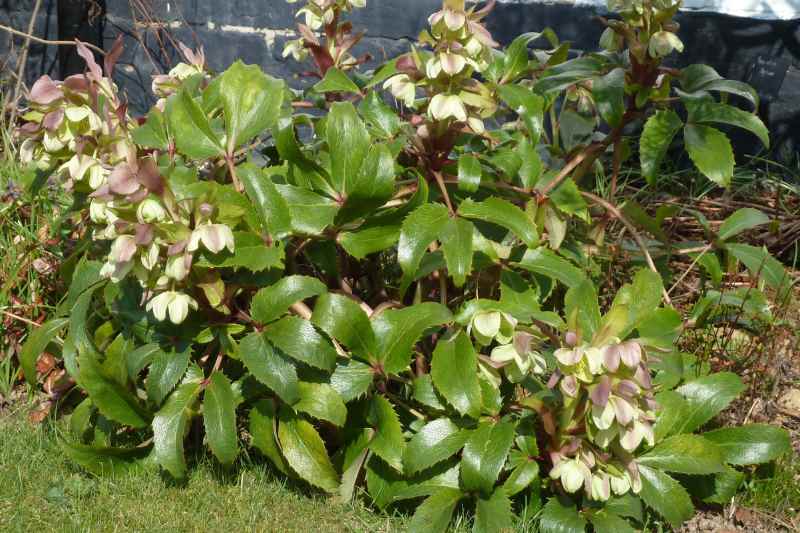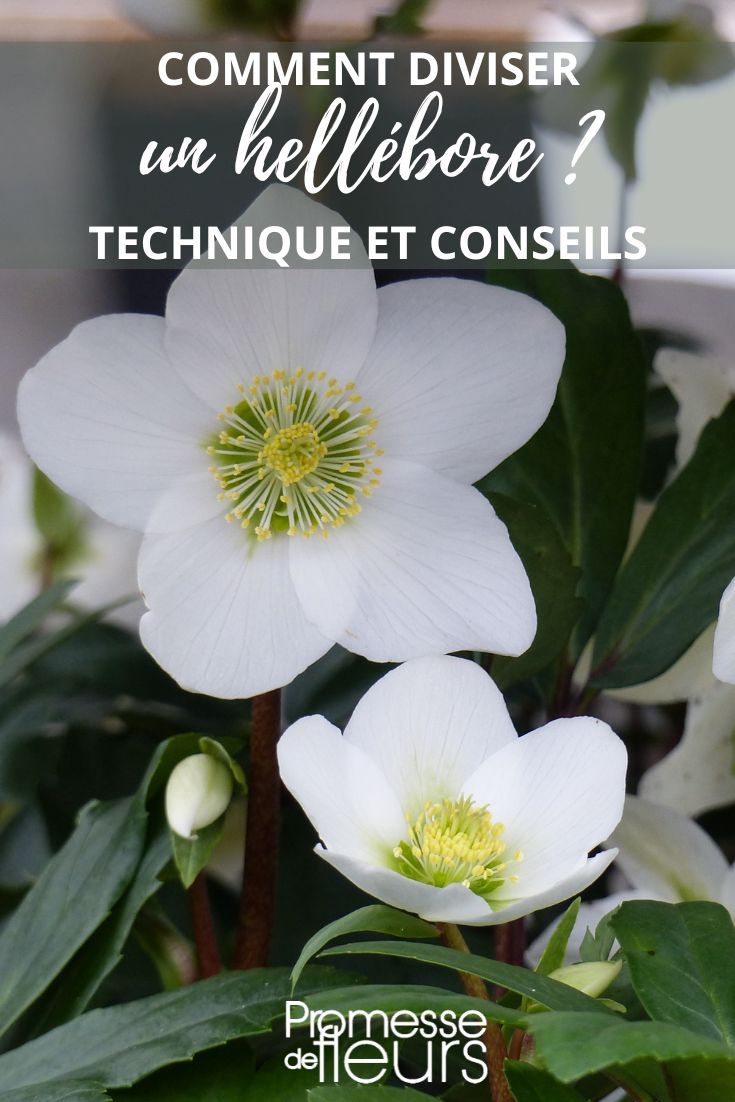Hellebores, also known as Christmas roses or Lent roses, are perennial plants valued for their winter flowering and hardiness in the garden. But did you know that dividing these plants can not only help you increase their numbers in your garden but also contribute to their vigour and well-being? This comprehensive guide will provide you with practical tips, detailed steps, and tricks to successfully carry out this multiplication operation. Follow us to learn everything about dividing hellebores, from choosing the best time to the necessary tools and planting techniques after division.

Why dividing hellebores?
Dividing your hellebores has several advantages. Firstly, this multiplication method allows you to obtain new plants at no extra cost. If you love hellebores and want to see more of them in your garden or give some to your gardening friends, division is an economical solution.
Moreover, division contributes to the health of the plant. By separating dense clumps, you allow each new section to grow more freely, which can improve air circulation and reduce the likelihood of diseases.
Division can also revitalise older plants that show signs of decline, giving them more space to develop new roots and shoots.

When to divide hellebores?
Choose late summer or early autumn to divide your hellebores, when the plant is in a dormant period or just before its active growth phase.
How to divide a hellebore?
1. Water the plant: Hydrate the soil around the hellebore a few hours before division to facilitate extraction.
2. Remove the plant from the soil: Use a spade or fork to gently dig up the hellebore clump, ensuring to take as many roots as possible.
3. Inspect and clean: Inspect the clump to identify natural areas where the plant can be separated.
4. Carry out the division: Use a gardening knife to separate the clump into several sections, ensuring that each section contains at least a few healthy roots and a growth bud.
5. Prepare the soil for replanting: Loosen the soil where the new divisions will be planted and add some organic compost.
6. Replant the divisions: Plant each new section at the same depth as the mother plant, ensuring to space the divisions adequately to allow for good growth.

Care for young shoots
Caring for hellebore shoots after division is crucial to ensure their proper development and future flowering. Start with regular but moderate watering. Too much water can lead to root rot, while a lack of moisture can stress the young plants. The soil should be moist but not waterlogged.
It is also recommended to add a layer of organic mulch, such as fallen leaves, around each new plant. This helps retain moisture, regulate soil temperature, and reduce weeds that could compete with the young hellebores.
Necessary material
- Spade or digging fork: To carefully dig up the hellebore clump, avoiding damage to the roots.
- Sharp gardening knife: Useful for separating clumps into several sections. Ensure it is clean and sharp for a clean cut.
- Gardening gloves: Hellebores contain alkaloids that can be irritating. Gloves will protect you when handling the plant.
- Watering can: To thoroughly water the divisions once replanted.
- Garden labels: Optional, but useful for marking the names of the new plants and... avoiding stepping on them accidentally.
































Comments